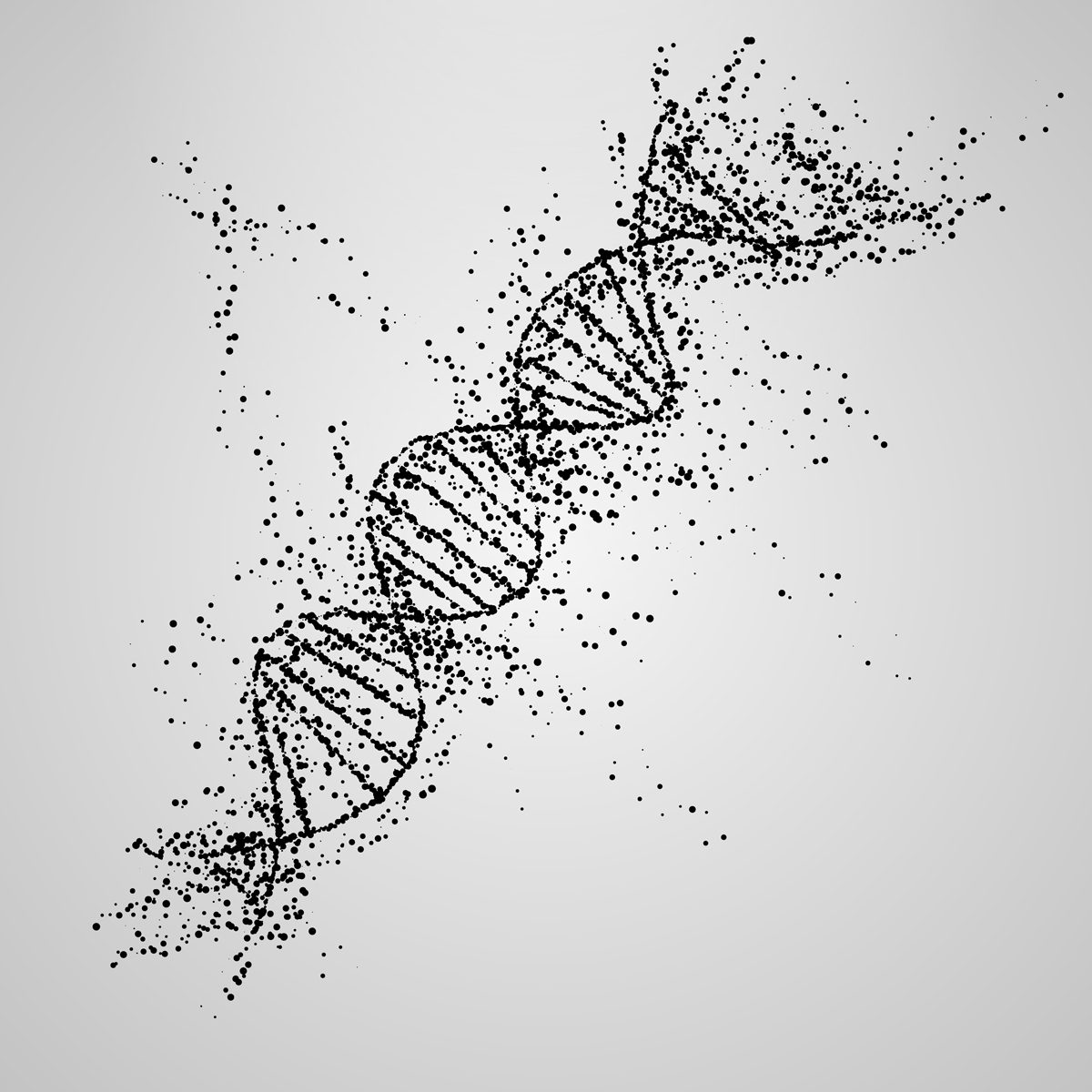Everything Worth Knowing About … Ancient DNA
Posted on Categories Discover Magazine

In 1984, geneticists recovered 229 base pairs of genetic code from a quagga, a subspecies of zebra extinct since the late 1800s. The achievement proved DNA could survive in dead things and spurred a new field of science: paleogenetics. Today, technological advances allow scientists to read billions of letters from the genomes of ancient humans and other organisms, transforming our view of history and evolution.
The genetic record is “like a lost library … and we’re just starting to learn the language of all those books that we have uncovered,” says Johannes Krause, director of archaeogenetics at the Max Planck Institute for the Science of Human History in Jena, Germany.
For anthropologists, ancient human DNA (aDNA) provides insights that could not be gleaned from fossils or artifacts. It’s already settled some major debates, including whether modern humans interacted with Neanderthals. Ancient genomes show definitively that our ancestors not only met, but mated with Neanderthals — multiple times — between 40,000 and 100,000 years ago.